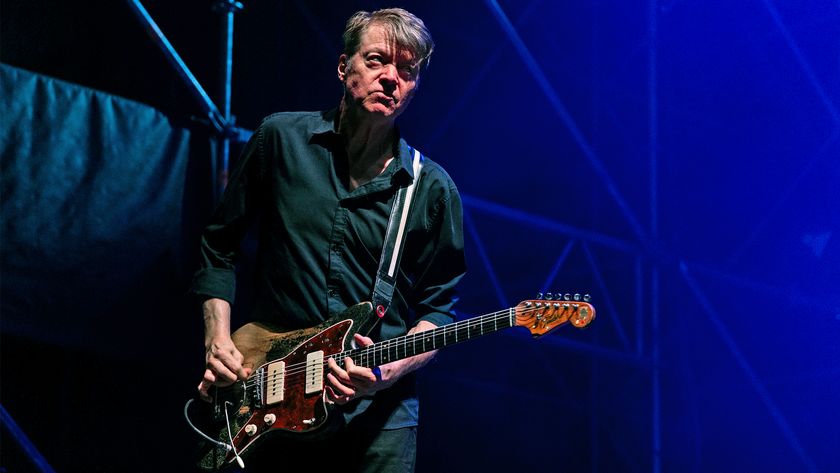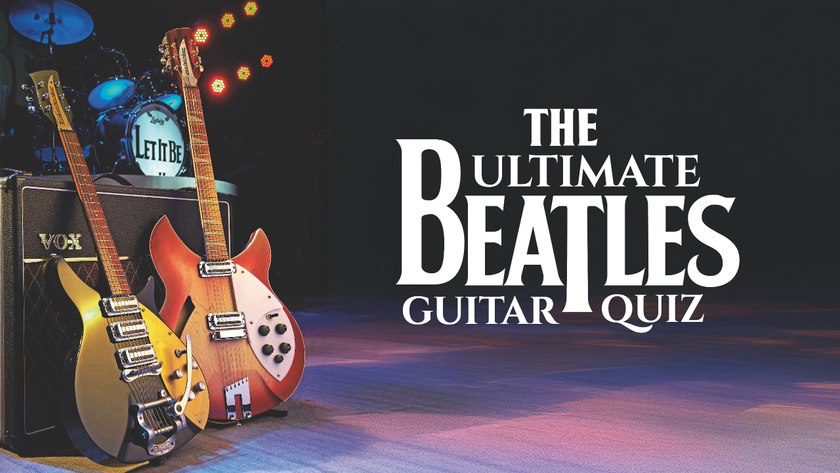Ready for a Refret? Here's What You Need to Know
The fact is, your frets won’t last forever, and sooner or later, you’ll need to replace them. Here is a checklist of things to consider when choosing a refret.

It’s easy to take your frets for granted. When they’re doing their job, you don’t even notice them. You probably only become aware of them when something goes wrong – like a string buzz, a rough end, or a divot.
When those things occur, you should probably consider a fret dress or mill. But the fact is, your frets won’t last forever, and sooner or later, you’ll need to replace them. Here is a checklist of things to consider when choosing a refret.
Fret Size And Shape
Unless you have something to reference, this can be a hard decision. As I share my shop with a vintage guitar store, there are many samples for customers to try out before choosing.
If possible, it’s always best to have a favorite guitar for reference, so bring one with you as an example. When comparing fret sizes, keep in mind that the shape changes as well as the size. Do you like tall and skinny frets? Wide and low frets? There’s no right answer – it’s whatever makes you play your best.
Do you like tall and skinny frets? Wide and low frets? There’s no right answer – it’s whatever makes you play your best
Here is something else to keep in mind: You can use different sized or shaped frets for different parts of the neck. For example, some players like wide/tall frets, but those can feel crowded in the upper register where the frets are closer together.
A possible solution is to go with skinnier frets past the twelfth position. One famous mandolinist actually favors frets that get incrementally narrower at every position up the neck.
Fingerboard Radius
A more curved radius, like on vintage Fenders (between 7" and 9"), will not allow you to bend the strings as far as you may want at a lower action without buzzing. A flatter radius, which you’ll find on Gibson-style and more modern guitars (approximately 12" to 16"), will make those bends easier.
Get The Pick Newsletter
All the latest guitar news, interviews, lessons, reviews, deals and more, direct to your inbox!
The term “compound radius” is used when you keep the smaller radius down by the nut – which some people find more comfortable for chording – and then a flatter fingerboard as you go higher. You should know what you have – and also what you prefer – when choosing a refret, so you can make an educated decision about what you like.
Fret Ends
We separate fret ends into three categories: vintage, wide/hotdog, and hybrid. All fret ends should fit tight against the fingerboard and have no sharp edges. Vintage style sees the fret beveled in towards the center of the neck. After they are finished, vintage-style fret ends feel more like you have binding – very smooth and out of the way.
That’s great, except you lose playing width on the fret and it becomes easier to pull the string off the edge of the fingerboard. What we call “hotdog” leaves the fret as wide as possible, with the square edge to the fingerboard. Then, we round the end so it is as comfortable as possible (and kind of looks like a hotdog).
You should know what you have – and also what you prefer – when choosing a refret, so you can make an educated decision about what you like
You can add a lot of width to the playing area this way. I came up with the term “hybrid,” where the frets are beveled in more near the nut and get wider as you go up the neck. You have the advantage of comfortable chording in the lower frets – especially if you wrap your thumb around the ’board. As you play up the neck, you have the added width to keep those high E vibratos from pulling off the neck.

"It’s like you’re making a statement. And you never know where it’ll lead." Pete Thorn shares the tip that convinced Joe Satriani he was the right guitarist for the SatchVai Band

"This is something you could actually improvise with!" Add vibrant rhythms and sophisticated chords to your guitar playing with Jesse Cook’s five essential flamenco techniques











